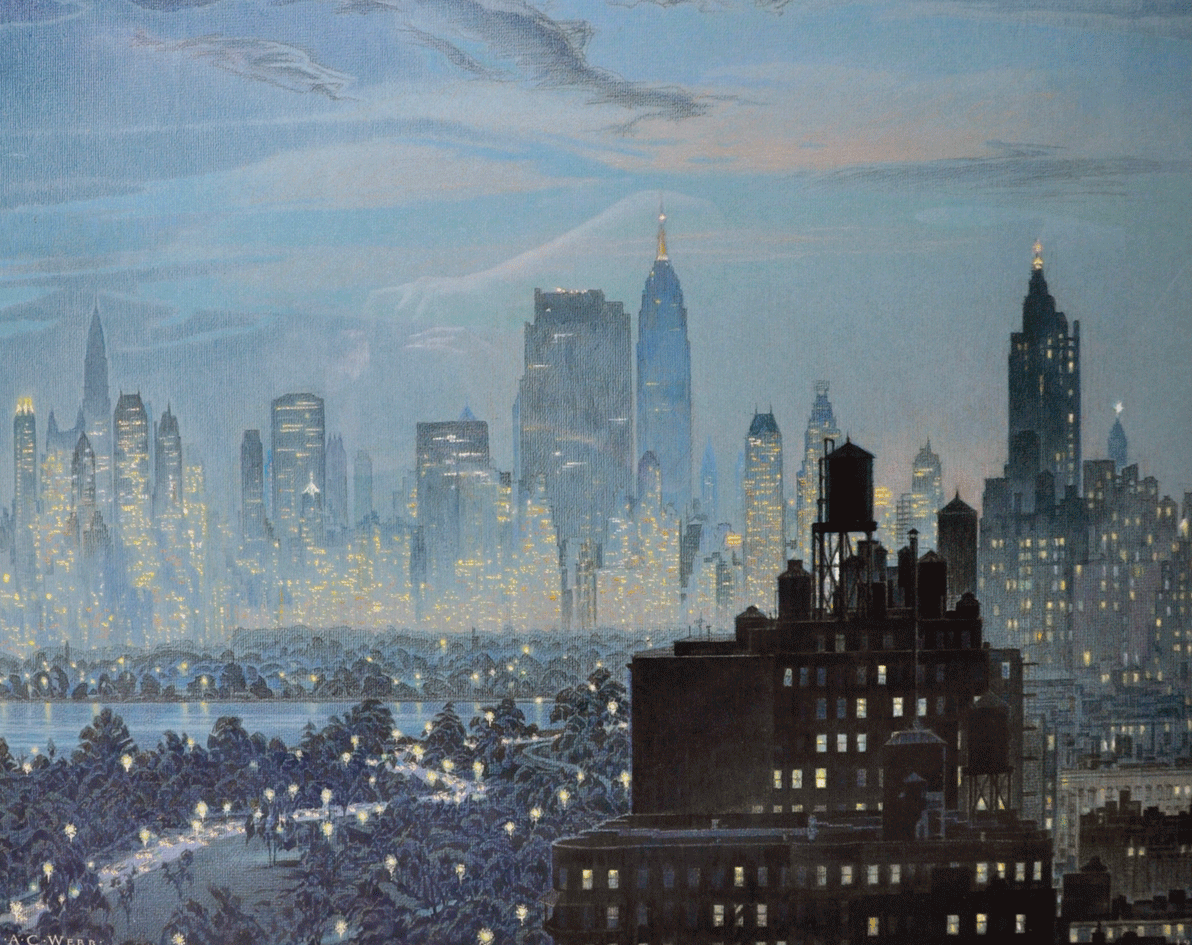Nov 28, 2017
As we turn into the home straight before Christmas, thoughts turn to Advent calendars and I have to say that this year has trumped all others for stretching the imagination and resorting to the ridiculous. The media have rightly been making quite a thing about the commercial exploitation of this corner of the festivities: Asda’s cheese calendar is just the beginning. What about the Edinburgh Gin calendar, complete with 25 miniatures for £100, or the Diptique limited edition calendar filled with skin and bodycare products, a snip at just £300? My favourite example of over-the-top nonsense was the one Porsche put on show in Harrods seven years ago: retail price $1m.
It’s all a far cry from the calendar’s rather restrained origins in Germany in the 19th century. Simple images posted behind the doors of a cardboard calendar dominated for decades until the first chocolate-filled calendars started to appear in the 1940s.
The market has now turned full circle, with reproductions of the traditional vintage German calendars available for sale.
Although there is quite a market in Christmas collectibles, Advent calendars remain a rather muted corner of it, but with the variety on offer now, especially some of the more unusual limited edition varieties, this is an area of collecting whose potential has yet to be fully exploited.
Nov 28, 2017
A good strong sale with two particular Lots flying out the door. Lots 136 & 256 did very well.. the first Lot 136 sold on the phone. Alonzo C Webb (1888-1975) American. An American City Skyline, possibly Chicago, mixed media, signed and dated 1950, 20” x 26”. Estimated at £400-£600, it fetched £3200. Lot 256 attributed to George Mullins (act.1756-1775) Irish. Study of an Old Man, seated in a Landscape, oil on canvas laid down, signed and dated ‘AD 1772’, Unframed, 26” x 20”. Estimated at £150-£250, it also went for £3200 to an internet buyer.
The next Paintings auction will be 20th December. Keep an eye on our website for further details.

Nov 20, 2017
On November 25, 1952 what has since become the world’s longest continuously running play in history opened for the first time at The Ambassadors Theatre in London’s West End. The world premiere of Agatha Christie’s The Mousetrap had taken place just over seven weeks earlier in Nottingham, but it was at The Ambassadors and then, from March 25, 1974, next door at The St Martin’s Theatre, where it continues to this day, that the play has enjoyed it unbroken run.
The production’s first star was Richard Attenborough, whose contractual arrangements meant that the programme billed him as appearing “By arrangement with the Boulting Brothers”, the successful duo who had discovered him and helped make his name in the 1948 film version of Graham Greene’s Brighton Rock and would continue to put him on the screen for the next decade.
The programme also promoted other theatrical productions, including Vivien Leigh and Laurence Olivier in The Sleeping Prince at the Phoenix Theatre and Trevor Howard in The Cherry Orchard at The Lyric, Hammersmith – Halcyon days for theatre indeed!
Occasionally one of these rare debut programmes comes onto the market. The original price was sixpence, or 2½p in new money. Now it is a very achievable £10 or so – still, a reasonable uplift of 40,000% over the intervening 65 years.
Nov 17, 2017
The Fine Antique auction on the 9 November saw some good results with some surprises. A good set of three lead garden figures, modelled as cherubs emblematic of earth, wind and water, on circular bases. Estimated at £500-700, they fetched £1100.
Estimated at £500-600, the ever popular Clarice Cliff bizarre “forest green” tea set, teapot and cover, milk jug, sugar basin and two cups and saucers went for £1100. A standing bronze from Sir William Hamo Thornycroft RA (1850-1925) British , 129 baluchis, wearing his medals, holding a rifle with bayonet in front of him sold for £5500 with an estimate of £2000-3000.
The clock section did well with a superb rare Moser of Paris brass carriage clock, with eight-day movement, triple dial with month and days, striking on a single bell, stamped Moser A. Paris, no. 9483, stamped on the movement and case, complete with carrying handle. Carrying an estimate of £600-800, it went for £1100. Also, a superb French 19th century gold, diamond and blue enamel bangle, made in France circa. 1890 and estimated at £500-800, sold for £1400.
A rare set of four early Dutch silver candlesticks, estimated at £2500-3000 sold for £3800.
More unusual was an early Fijian whale tooth necklace. Estimated at £500-700, it sold for £1300.
We will be running an auction of collectors’ items on 2 December. Please see the catalogue on our website nearer to the sale.

Nov 17, 2017
The recent Oriental sale in November saw items selling well. A 19th century framed Chinese kingfisher feather river landscape picture, the frame 33in x 25.5in sold for £4000.
Also, a Chinese famille rose porcelain butterfly vase, the base with a qianlong seal mark, 7.25in wide at widest point & 9.2in high sold for £3000. A good quality Chinese celadon glazed porcelain jar, the base with a yongzheng seal mark, 8.4in wide at widest point & 8.1in high sold for £30. An unusual Chinese yellow glazed oval porcelain bowl & cover, the base with a qianlong seal mark, 10.75in wide including handles & 9.75in high overall sold for £4000. A shallow Chinese jun ware ceramic tripod censer, 5.4in diameter at rim & 1.6in high sold for £2400. A good large 18th/19th century Chinese langyao type porcelain vase, 16.7in high sold for £4000.
From the Japanese selection, an unusual meiji period ivory okimono of a seated woman with a child, possibly Tokyo school, 7.75in high sold for £2000.
The next Oriental sale will be 13 December. Do please keep an eye on our website for the catalogue.





